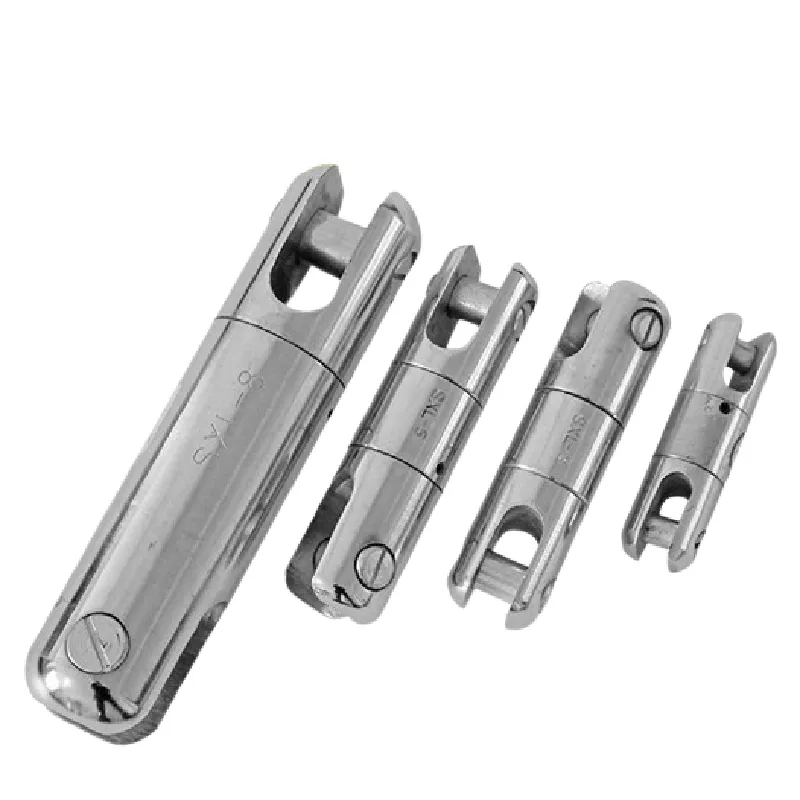
-
 Afrikaans
Afrikaans -
 Albanian
Albanian -
 Amharic
Amharic -
 Arabic
Arabic -
 Armenian
Armenian -
 Azerbaijani
Azerbaijani -
 Basque
Basque -
 Belarusian
Belarusian -
 Bengali
Bengali -
 Bosnian
Bosnian -
 Bulgarian
Bulgarian -
 Catalan
Catalan -
 Cebuano
Cebuano -
 Corsican
Corsican -
 Croatian
Croatian -
 Czech
Czech -
 Danish
Danish -
 Dutch
Dutch -
 English
English -
 Esperanto
Esperanto -
 Estonian
Estonian -
 Finnish
Finnish -
 French
French -
 Frisian
Frisian -
 Galician
Galician -
 Georgian
Georgian -
 German
German -
 Greek
Greek -
 Gujarati
Gujarati -
 Haitian Creole
Haitian Creole -
 hausa
hausa -
 hawaiian
hawaiian -
 Hebrew
Hebrew -
 Hindi
Hindi -
 Miao
Miao -
 Hungarian
Hungarian -
 Icelandic
Icelandic -
 igbo
igbo -
 Indonesian
Indonesian -
 irish
irish -
 Italian
Italian -
 Japanese
Japanese -
 Javanese
Javanese -
 Kannada
Kannada -
 kazakh
kazakh -
 Khmer
Khmer -
 Rwandese
Rwandese -
 Korean
Korean -
 Kurdish
Kurdish -
 Kyrgyz
Kyrgyz -
 Lao
Lao -
 Latin
Latin -
 Latvian
Latvian -
 Lithuanian
Lithuanian -
 Luxembourgish
Luxembourgish -
 Macedonian
Macedonian -
 Malgashi
Malgashi -
 Malay
Malay -
 Malayalam
Malayalam -
 Maltese
Maltese -
 Maori
Maori -
 Marathi
Marathi -
 Mongolian
Mongolian -
 Myanmar
Myanmar -
 Nepali
Nepali -
 Norwegian
Norwegian -
 Norwegian
Norwegian -
 Occitan
Occitan -
 Pashto
Pashto -
 Persian
Persian -
 Polish
Polish -
 Portuguese
Portuguese -
 Punjabi
Punjabi -
 Romanian
Romanian -
 Russian
Russian -
 Samoan
Samoan -
 Scottish Gaelic
Scottish Gaelic -
 Serbian
Serbian -
 Sesotho
Sesotho -
 Shona
Shona -
 Sindhi
Sindhi -
 Sinhala
Sinhala -
 Slovak
Slovak -
 Slovenian
Slovenian -
 Somali
Somali -
 Spanish
Spanish -
 Sundanese
Sundanese -
 Swahili
Swahili -
 Swedish
Swedish -
 Tagalog
Tagalog -
 Tajik
Tajik -
 Tamil
Tamil -
 Tatar
Tatar -
 Telugu
Telugu -
 Thai
Thai -
 Turkish
Turkish -
 Turkmen
Turkmen -
 Ukrainian
Ukrainian -
 Urdu
Urdu -
 Uighur
Uighur -
 Uzbek
Uzbek -
 Vietnamese
Vietnamese -
 Welsh
Welsh -
 Bantu
Bantu -
 Yiddish
Yiddish -
 Yoruba
Yoruba -
 Zulu
Zulu


ਦਸੰ. . 05, 2024 01:27 Back to list
Connecting Ground Rods to Electrical Panels for Optimal Safety and Efficiency
Understanding Ground Rod to Panel Connections in Electrical Systems
The proper grounding of electrical systems is crucial for ensuring safety and functionality. One important aspect of this process is the connection of ground rods to electrical panels. This article will discuss the significance of grounding, the role of ground rods, and how they are connected to electrical panels.
Importance of Grounding
Grounding is a safety measure that protects both people and equipment from electric shock and damage. In electric systems, a grounding connection helps to divert excess electricity into the ground. This can happen during electrical surges—such as lightning strikes or equipment malfunctions—ensuring that the excess voltage does not affect the electrical devices on the circuit.
Additionally, grounding provides a reference point for electrical systems, stabilizing voltage levels and improving the overall performance of electrical equipment. It also plays a significant role in preventing electrical fires, which can occur if stray currents travel through improper paths.
Ground Rods What Are They?
Ground rods are conductive metal rods, usually made from copper or galvanized steel, that are driven deep into the earth. The purpose of these rods is to provide a low-resistance path for electricity to dissipate into the ground. When properly installed, a ground rod can significantly reduce the risk of electrical faults and equipment damage.
In most cases, residential electrical systems utilize a grounding electrode system that includes ground rods. The National Electric Code (NEC) specifies the necessary grounding requirements, including the minimum depth, length, and material specifications for ground rods. Typically, a ground rod must be at least 8 to 10 feet in length, and it should be installed vertically in the ground to ensure optimal conductivity.
Connecting Ground Rods to Electrical Panels
ground rod to panel

The connection between ground rods and electric panels is crucial for establishing a proper grounding system. Here’s a step-by-step guide on how this process is usually conducted
1. Select the Ground Rod Location The ground rod should be installed in a location close to the electrical panel to minimize the length of the grounding wire. The site should be free from any interference, such as water lines and gas pipes.
2. Drive the Ground Rod Using a hammer or a ground rod driver, the rod is driven vertically into the soil until only a few inches remain above ground. This depth helps ensure a good electrical connection with the earth.
3. Prepare the Grounding Wire A copper grounding wire, typically 6 or 8 AWG (American Wire Gauge), should be used to connect the ground rod to the electrical panel. The gauge of the wire may depend on the local electrical code requirements.
4. Connect the Wire The grounding wire is securely attached to the ground rod using a clamp. The other end of the wire is then connected to the ground bus bar inside the electrical panel. This ensures a direct path for electrical surges to flow into the ground.
5. Check Connections Once the connections are made, it’s essential to check for any loose connections or damage to the wire. A multimeter can be used to test for continuity and ensure that the grounding system is effective.
Conclusion
The connection of ground rods to electrical panels forms a foundational part of electrical safety. A well-installed grounding system not only protects individuals and equipment from electric shock but also promotes reliable electrical performance. For homeowners and electricians, understanding the importance of this connection and adhering to local electrical codes is essential for ensuring a safe electrical environment. Proper installation and maintenance of ground rods can contribute significantly to the longevity and safety of electrical systems in homes and industries alike.
Latest news
The Unique Design of Cable Socks
NewsJun.04,2025
Swivel Connectors in Industrial Automation
NewsJun.04,2025
Safety Features of Link Sticks
NewsJun.04,2025
How to choose the best cable pulling winch for sale
NewsJun.04,2025
Fish tape safety precautions
NewsJun.04,2025
Essential Maintenance Tips for Cable Pulling Tools
NewsJun.04,2025











